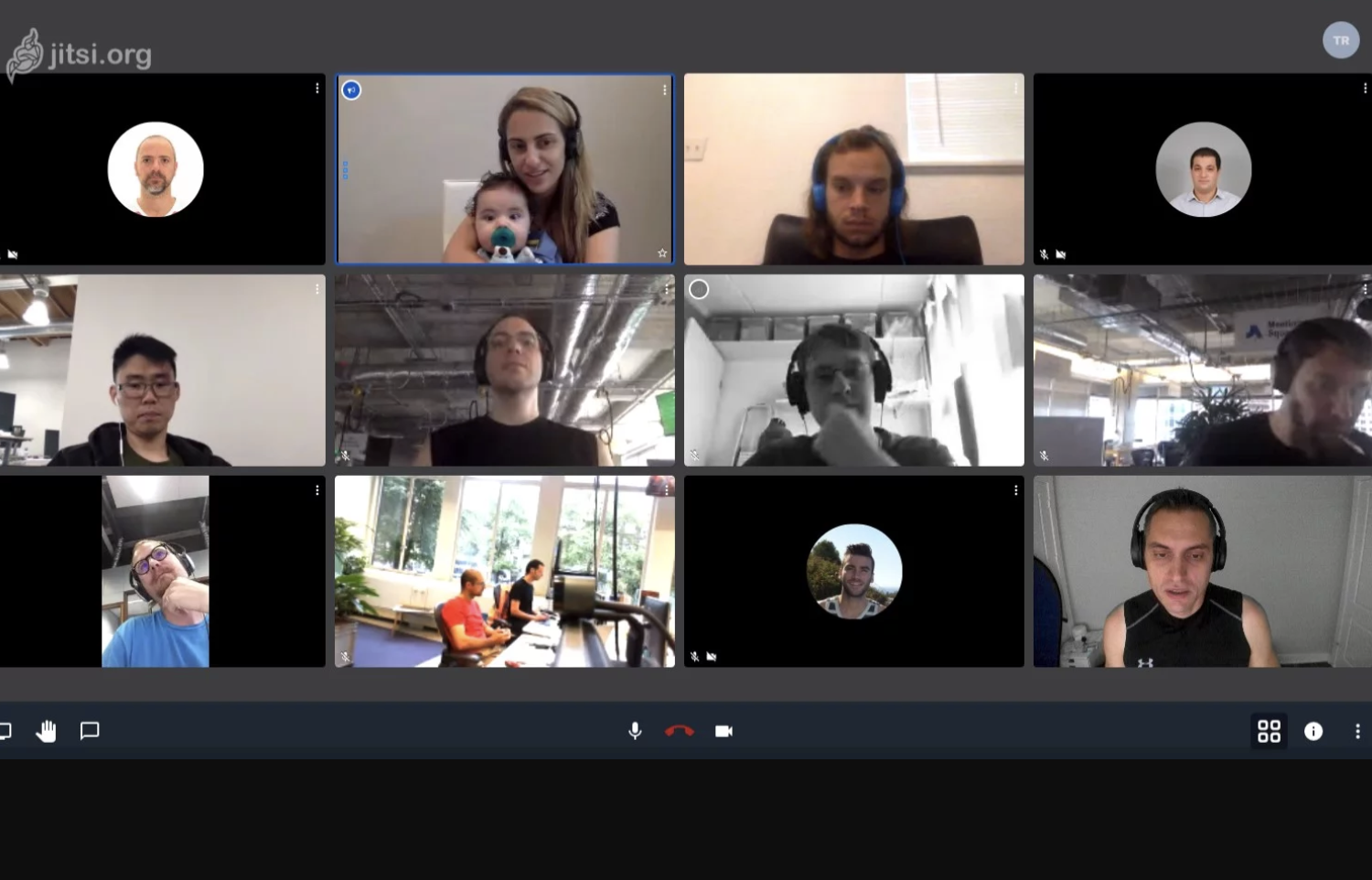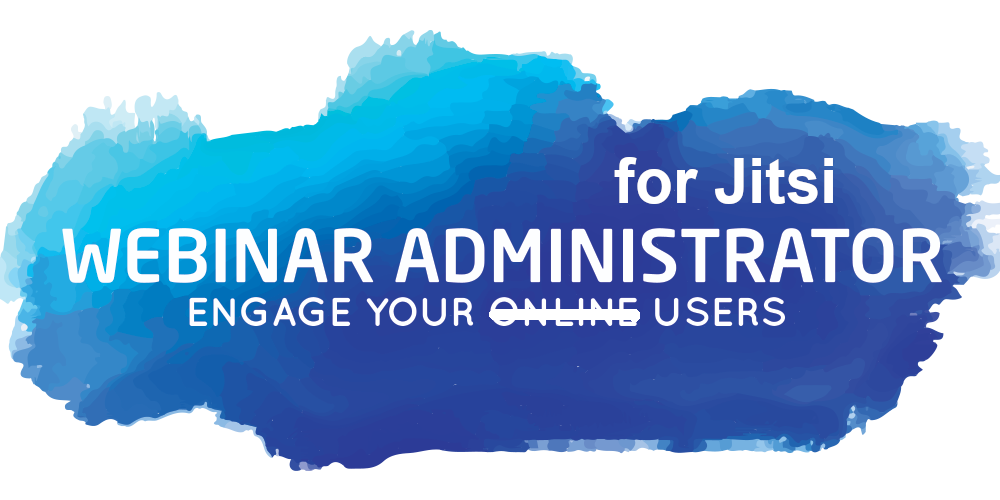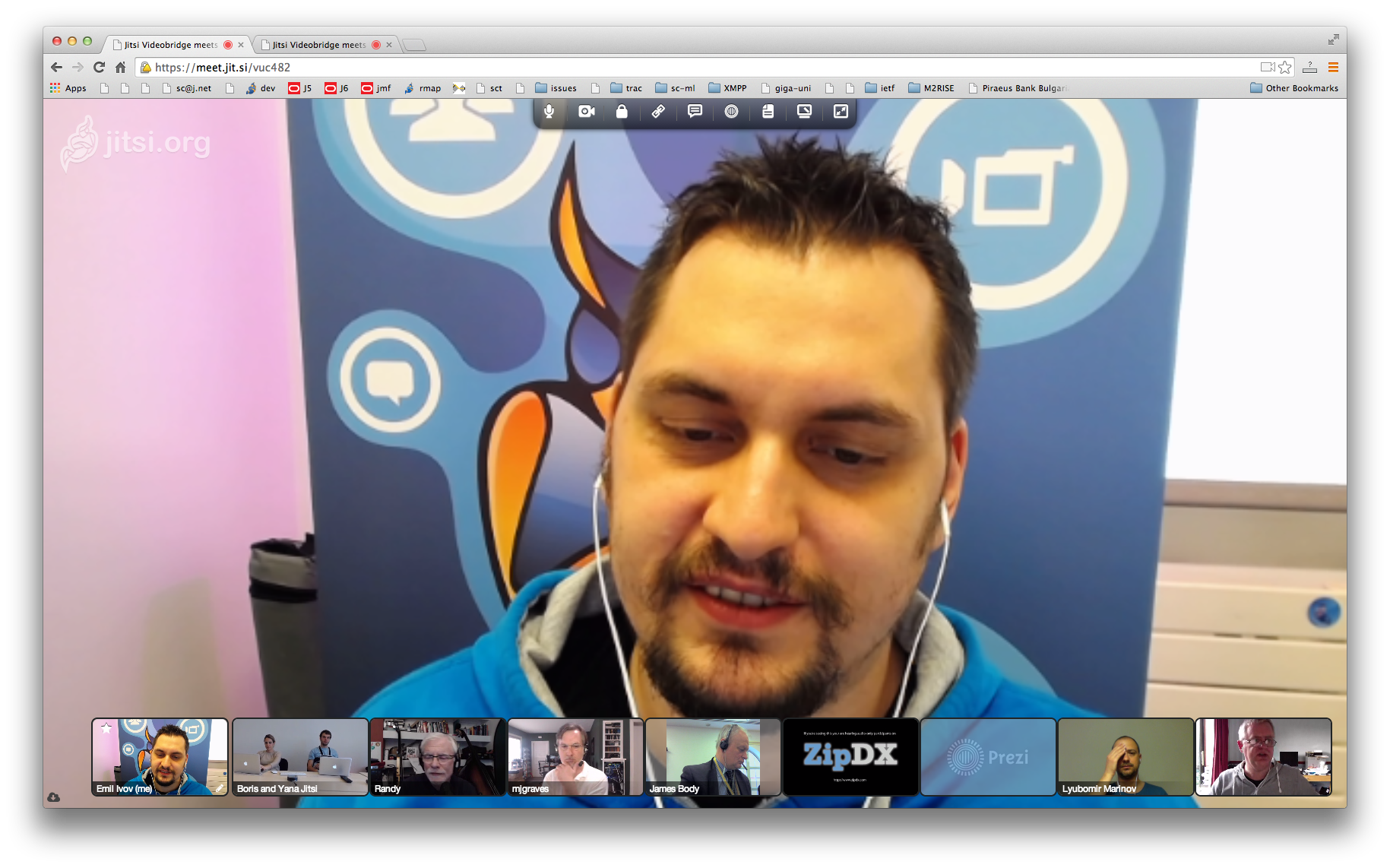

The following table shows all ports, their protocol and service. Security_groups.tf: In this file the network access ingress and egress for the instance is defined. Next I will try to explain what every configuration file is responsible for. One thing to be aware of is the rate limit on certificates from Let’s encrypt (50 certificates per week for one domain). When the setup is finished, there should be a success message from the Let’s encrypt init script. You can now connect to your instance with SSH and check the /debug.txt file. The setup can take some time depending on your EC2 instance type. Execute terraform apply to apply the changes to AWS.We have an Ansible (ansible-jitsi-meet) to configure your own Jitsi server and for example to be able to use Token moderation.
#Jitsi meet documentation full
Execute terraform init to initialize the project and download all providers. Jitsi allows video conference recording, direct transmission to YouTube, screen sharing, full screen display, statistics display, among other features and all these options are fully compatible with this module.Fill in your data in the variables.tf file.AvasDream/terraform_aws_jitsi_meetĬopy the template variables.tf file to the root of the repository.ĭescription = "Region where the instance should be located"ĭescription = "Elastic IP associated with the instance"ĭescription = "Email to use for the certificate generation"ĭescription = "Domain of the Jitsi Server" For more details see the EC2 pricing page. If the IP is allocated and not connected to an instance, you have to pay 0.005 USD per hour. When the IP is associated with a running instance, you do not pay for it. Please note the price model for elastic IPs. Here you can verify that the entry is correct.


Be aware that the propagation of DNS entries can take up to 48 Hours.
#Jitsi meet documentation install
Install Terraform on your local machine.Prerequisitesīefore we start with the setup we need to organize a few things. If you’ve got no clue why to use Terraform, read my short introduction or the official documentation. So today we are going to set up a Jitsi Meet Server on AWS. Hello world! Since the global COVID-19 pandemic started many businesses are now relying on video conference software like Zoom.In my humble opinion open-source alternatives like Jitsi Meet are not getting enough attention. Infrastructure as Code: Deploy Jitsi Meet to AWS


 0 kommentar(er)
0 kommentar(er)
